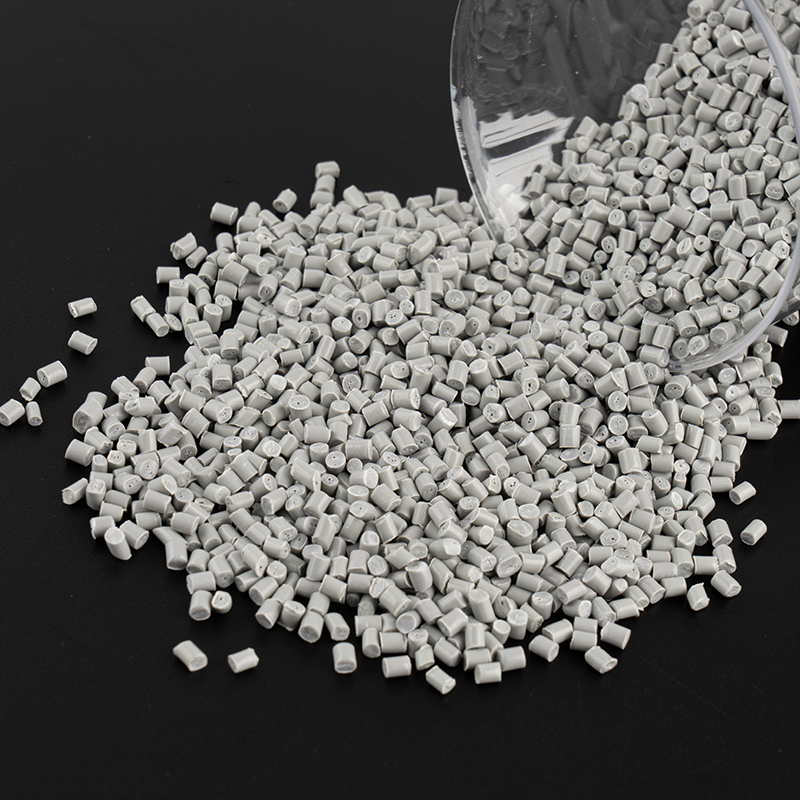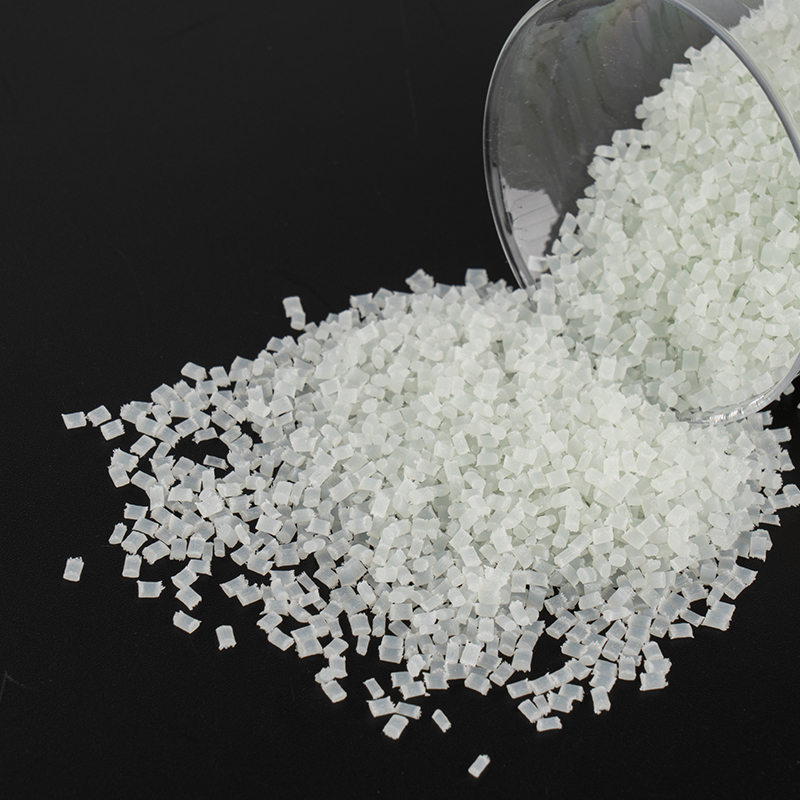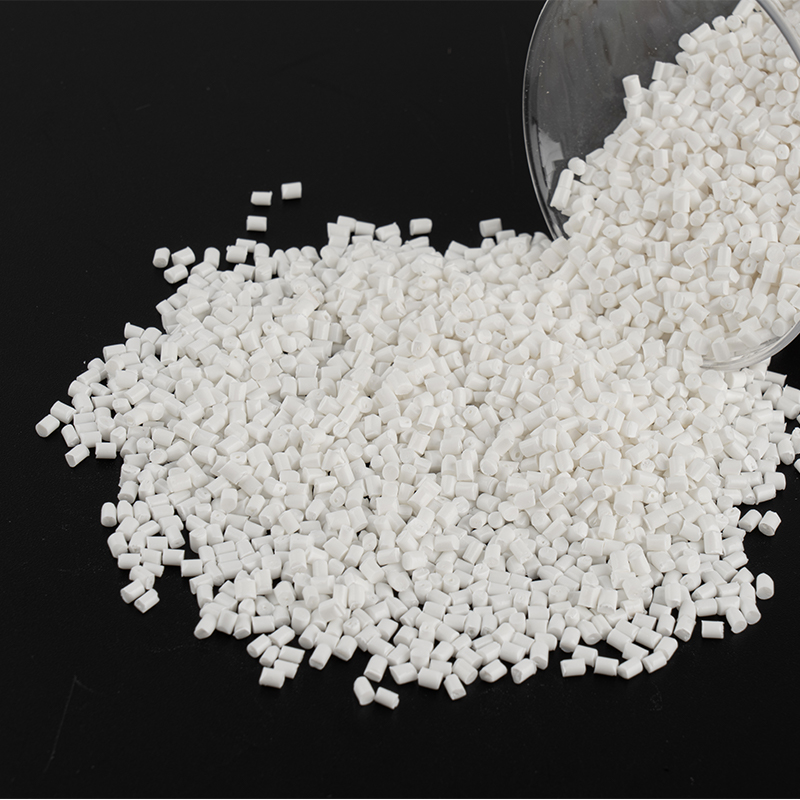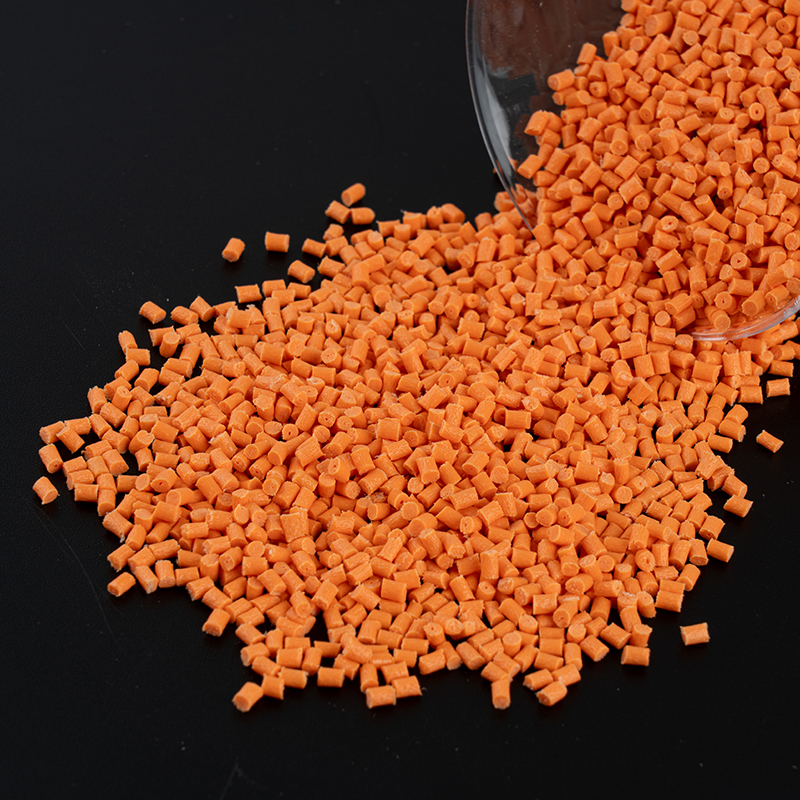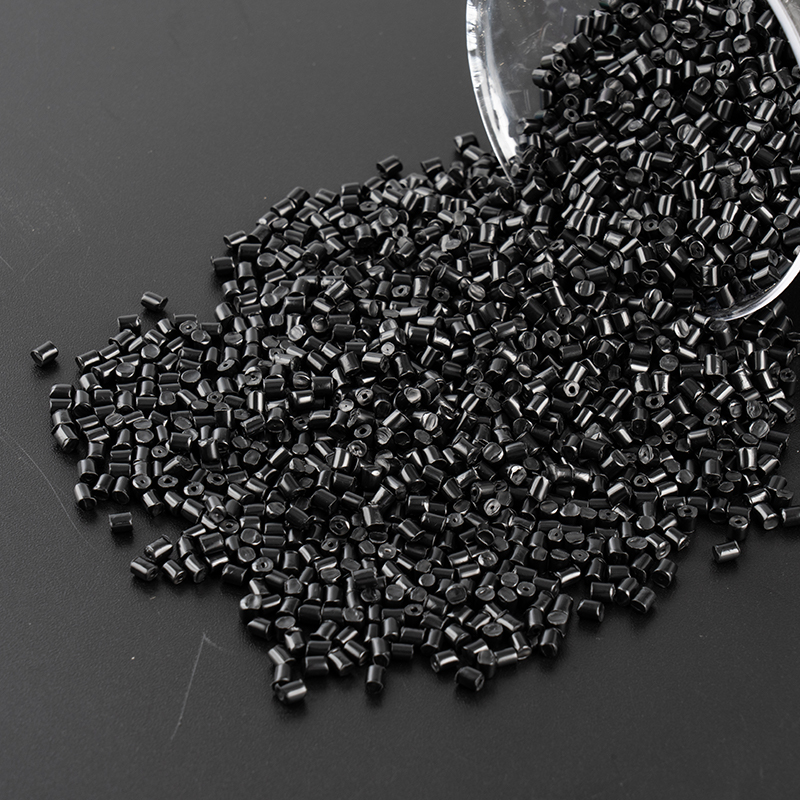1. Soft and without sharp edges
Plastic door handles are usually designed with rounded edges, avoiding the sharp parts that may be brought by metal or wooden handles. Children are prone to collision or accidentally touching door handles when using furniture, especially during frequent activities or games. If metal or wooden handles with sharp edges are used, children may be injured. Plastic door handles greatly reduce the risk of scratches and punctures due to their smooth and soft edges. Even if children accidentally touch the door handles, there is no need to worry about being cut or scratched.
2. Lightweight and easy to grip
Plastic door handles are lighter than metal and wooden handles. For young children, lightweight handles make them easier to operate, especially when they are still learning how to open and close drawers and cabinet doors independently. For children, plastic handles are not only lightweight, but also usually have a smooth surface, providing a comfortable grip experience. Children can easily open or push the doors of furniture without having to exert too much effort. This design not only reduces the trouble of children's difficulty in operation, but also makes them more comfortable and safe when using.
3. Durability and flexibility
Another notable feature of plastic door handles is their excellent durability and flexibility. Compared to metal handles that may break or deform after collision, plastic door handles are generally better able to withstand the friction and impact of daily use, avoiding sharp fragments caused by damage. This flexibility not only makes plastic door handles less prone to damage, but also makes them highly durable in long-term use. Moreover, the elasticity of plastic can effectively absorb the impact force, preventing cracks or fragments in the handles, further reducing potential harm to children.
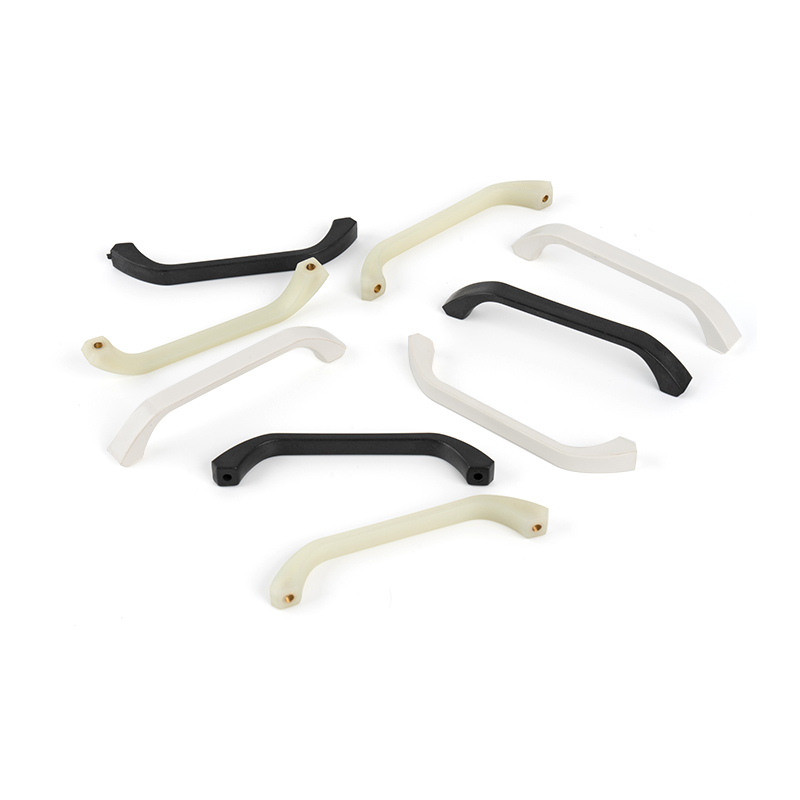
4. Non-toxic and safe materials
Many plastic door handles are made of non-toxic materials that meet strict child safety standards to ensure that they will not harm children's health. Compared with some metal or painted handles, they may contain harmful chemicals such as lead or BPA, which may have adverse effects on children after long-term contact. Most plastic door handles are made of non-toxic plastics, such as high-density polyethylene (HDPE) or other materials that meet environmental and health standards, reducing the risk of exposure to harmful substances, and parents can safely let their children touch these furniture.
5. Various colors and designs
Another great advantage of plastic door handles is that they can be designed in a variety of colors and shapes to meet the needs of children of different ages. Children are more interested in colorful and interesting objects, and plastic door handles can take advantage of this feature and provide rich visual appeal. Manufacturers can design cute patterns such as cartoon animals, stars, smiley faces, or use bright colors such as red, blue, and yellow according to the theme or furniture style of the children's room. These interesting designs can not only make children interested in their own rooms, but also enhance their aesthetic awareness and creativity in daily life.
6. Smooth and easy-to-clean surface
The surface of plastic door handles is usually smooth and can be easily wiped clean. For children's furniture, keeping it clean is particularly important because children can easily get their hands dirty, especially when eating snacks or playing. Plastic materials themselves have strong waterproof and moisture-proof properties, which can effectively prevent water stains and stains from penetrating. Plastic handles are not easy to accumulate oil stains or bacteria. Parents only need to wipe them with a damp cloth to clean them, which can keep the furniture hygienic and tidy and reduce the risk of children coming into contact with dirt or germs.
7. Reduce the risk of accidental injuries
Plastic door handles are usually designed to be smooth and soft, which makes them more resistant to injury than metal or glass handles when children are active. For example, at home, children often play or run in small spaces and are prone to hitting sharp metal handles. Plastic handles can effectively reduce these potential injuries due to their shape and material characteristics. If a child accidentally hits a door handle, he or she will not be as easily injured as a metal or wooden handle. In addition, the surface temperature of a plastic handle is relatively stable, and it will not become overheated or overcooled due to temperature changes like metal, which also avoids burns or frostbite caused by contact with extreme temperature surfaces.
8. Adapt to the needs of children of different ages
Plastic door handles can be designed and adjusted according to the growth needs of children. For young children, simple, smooth handles can usually be selected without too much complicated operation. As children grow older, more functional handles can be selected, and the design will pay more attention to ergonomics and comfort to adapt to the changing needs of children. For example, older children may prefer handles that feel better and look more fashionable, but still maintain safety.
9. Affordable and safe solution
Compared with other materials such as metal and wood, plastic door handles are more cost-effective. For families with limited budgets, using plastic door handles can provide an affordable option without sacrificing safety. This makes plastic handles one of the most popular choices in children's furniture design. Despite the relatively affordable price, their durability and safety can fully meet the high standards parents have for children's furniture.
10. Environmentally friendly and sustainable
With the increase in environmental awareness, many plastic door handles have begun to use recyclable or environmentally friendly materials (such as bioplastics or recycled plastics). The use of such materials can not only improve the environmental friendliness of plastic products, but also reduce resource waste. Therefore, parents can not only provide their children with a safe living space, but also do their part for environmental protection. More and more furniture brands and manufacturers are committed to providing more sustainable products, which not only meets the safety needs of children, but also helps promote social environmental awareness.






